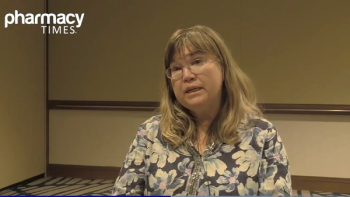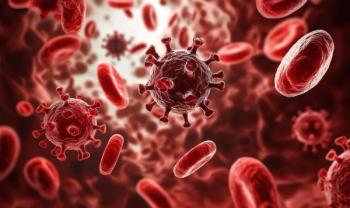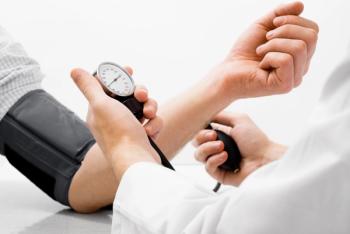
Some Teen Vaccination Rates Approach National Targets
Goals for several vaccines recommended for adolescents are in sight or have been met, but coverage with the HPV vaccine continues to lag behind, a CDC report finds.
Goals for several vaccines recommended for adolescents are in sight or have been met, but coverage with the HPV vaccine continues to lag behind, a CDC report finds.
Coverage rates among teenagers with the tetanus, diphtheria, and acellular pertussis (Tdap) vaccine and the meningococcal conjugate (MenACWY) vaccine are nearing national targets, while coverage with the human papillomavirus (HPV) vaccine remains low, according to a
The report highlights findings from the National Immunization Survey—Teen, which collects information on the vaccination of teenagers aged 13 to 17 through phone interviews. In addition, the researchers mail questionnaires to health care providers of adolescents whose parents and guardians granted them permission to access their vaccination records.
The data indicate that from 2011 to 2012, coverage among all teens with at least 1 dose of the Tdap vaccine rose from 78.2% to 84.6% and that coverage with at least 1 dose of the MenACWY vaccine rose from 70.5% to 74.0%. Coverage with at least 1 dose of the HPV vaccine among boys also increased from 8.3% in 2011 to 20.8% in 2012. The portion of girls who had received the HPV vaccine, however,
Coverage rates for Tdap have met and coverage rates with MenACWY are approaching the Healthy People 2020 national goals for 80% coverage with at least 1 dose among adolescents aged 13 to 15. In 2012, 85.3% of this age group had received at least 1 dose of Tdap, and 73.8% had received at least 1 dose of MenACWY. In addition, 36 states had met or exceeded Tdap vaccination coverage targets, and 12 states had met or exceeded MenACWY targets. However, no state had met the 80% coverage target for 3 doses of the HPV vaccine among girls. Overall, only 28.1% of girls aged 13 to 15 have received the full 3-dose course.
The report found substantial variation in vaccine coverage rates from state to state. Tdap vaccine coverage ranged from 53.5% in Mississippi to 96.3% in New Hampshire. Only 37.5% of teenagers in Arkansas received the MenACWY vaccine, while 94.3% of Rhode Island teenagers had been vaccinated. Rhode Island also had the highest rates for HPV vaccination coverage as 73.7% of girls and 55.2% of boys had received at least 1 dose of the vaccine. Almost 58% of adolescent girls from Rhode Island received the full 3-dose course, compared with just 11.2% of adolescent girls in Wyoming. Overall, vaccination coverage was highest in the Northeast.
State-by-state differences may be due to varying school vaccination requirements, and large increases in Tdap vaccination coverage may have been caused by an increase in pertussis cases reported in 2012, an editorial note included in the report notes.
The editorial note also states that the data may be limited or inaccurate, as only 56.4% of those who completed interviews by cellular phone and 62% who were interviewed through a landline also provided medical records of vaccination information.
Nevertheless, the editorial note and MMWR report suggest that clinicians should take every opportunity to offer information and to recommend appropriate vaccinations to adolescents and their parents and guardians.
The Advisory Committee on Immunization Practices (ACIP) currently recommends that preteens aged 11 to 12 receive 1 dose of the Tdap vaccine, 1 dose of MenACWY, and 3 doses of the HPV vaccine. Receiving missed vaccinations as well as the annual flu vaccine is also recommended.
Newsletter
Stay informed on drug updates, treatment guidelines, and pharmacy practice trends—subscribe to Pharmacy Times for weekly clinical insights.



















































































































































































































